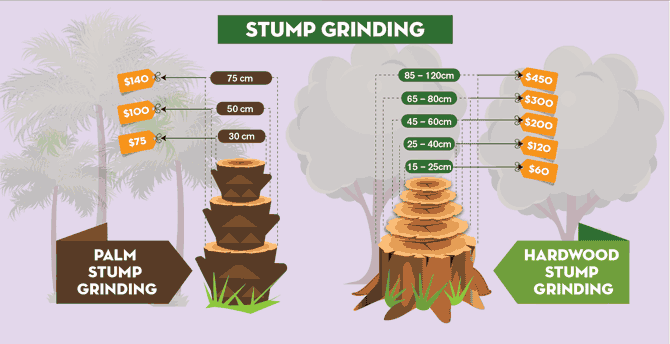Post-Tree Elimination Treatment: Efficient Techniques For Landscape Restoration
Post-Tree Elimination Treatment: Efficient Techniques For Landscape Restoration
Blog Article
Post Created By-Wilcox McCollum
After a tree's elimination, your landscape might look quite various, and it's necessary to examine the aftermath meticulously. You'll want to examine the dirt disruption and examine surrounding plants for any type of indications of tension. Ignoring these aspects can bring about bigger troubles down the line. So, what should you perform with those stumps and roots? And how do How To Prune Guava Tree pick the best plants for your revitalized area? Let's discover these essential actions.
Examining the Results: Evaluating Your Landscape
After a tree elimination, it's critical to examine your landscape to recognize the influence it carries your yard.
Beginning by checking out the area where the tree stood. Look for indicators of soil disruption, and check the bordering plants for any kind of stress and anxiety or damage.
Tree And Brush Removal Cost should additionally bear in mind of exactly how the removal has transformed sunshine direct exposure and airflow in your yard. This change can impact the development of neighboring plants, so it's necessary to evaluate their health and wellness.
Consider the visual facets also; the removal could create an open space that you can upgrade.
Finally, think about any kind of possible disintegration problems that might develop from the tree's absence. Attending to these factors early will help bring back equilibrium to your landscape.
Dealing With Stumps and Roots: Choices for Removal
When you've analyzed the aftermath of the tree elimination, you'll likely need to deal with the stump and origins left behind.
You have a few options for elimination. One efficient technique is stump grinding, where an expert utilizes an equipment to grind the stump to below ground level. This technique leaves marginal disruption to your landscape.
If you prefer a DIY technique, you can utilize a mix of digging and chemical stump cleaners. Just keep in mind, this procedure can take some time and effort.
Additionally, take into consideration leaving the stump as a natural feature, which can act as an one-of-a-kind yard element or environment for wild animals.
Whatever you pick, dealing with the stump and origins is vital for recovering your landscape.
Choosing the Right Plant Kingdoms for Your New Space
As you evaluate your newly cleared space, choosing the right plants can considerably enhance your landscape's charm and capability.
Begin by taking into consideration the sunshine and dirt conditions. For sunny areas, go with drought-resistant plants like lavender or succulents. In shaded areas, ferns and hostas thrive well.
Think about the size and development behaviors of your plants; mix perennials and annuals for seasonal variety. Do not neglect to include indigenous types; they need less upkeep and support neighborhood wildlife.
Team plants in strange numbers for a much more all-natural look and produce layers for aesthetic deepness.
Ultimately, guarantee you have a mix of colors and appearances to maintain your landscape dynamic throughout the periods.
have a peek at this site !
Conclusion
To conclude, recovering your landscape after tree elimination is a fulfilling process. By examining the aftermath, addressing stumps and roots, and picking the right plants, you'll produce a flourishing environment. Don't neglect to incorporate disintegration control actions to protect your dirt. With a little effort and treatment, you can transform your room into a vivid garden that improves your residential or commercial property. Accept the chance to invigorate your landscape and enjoy the elegance of nature right in your backyard!
